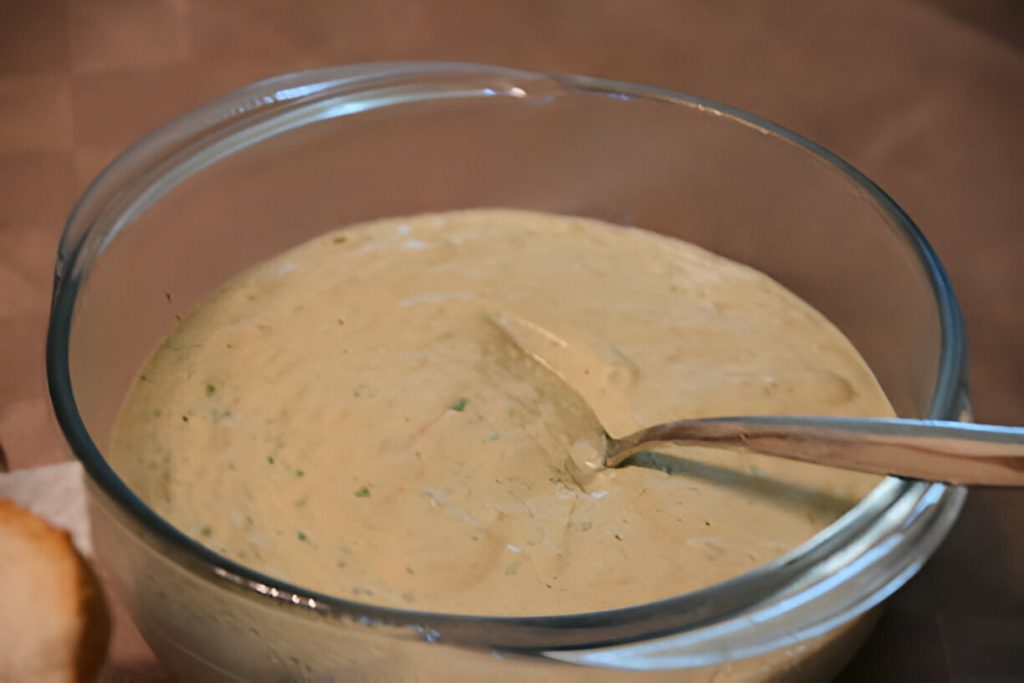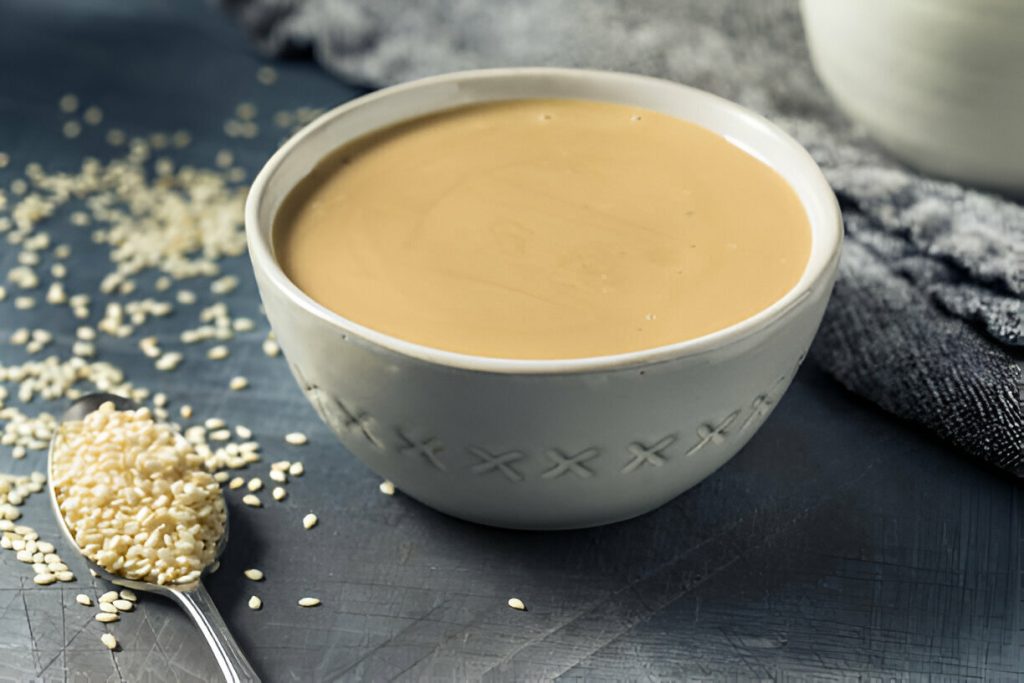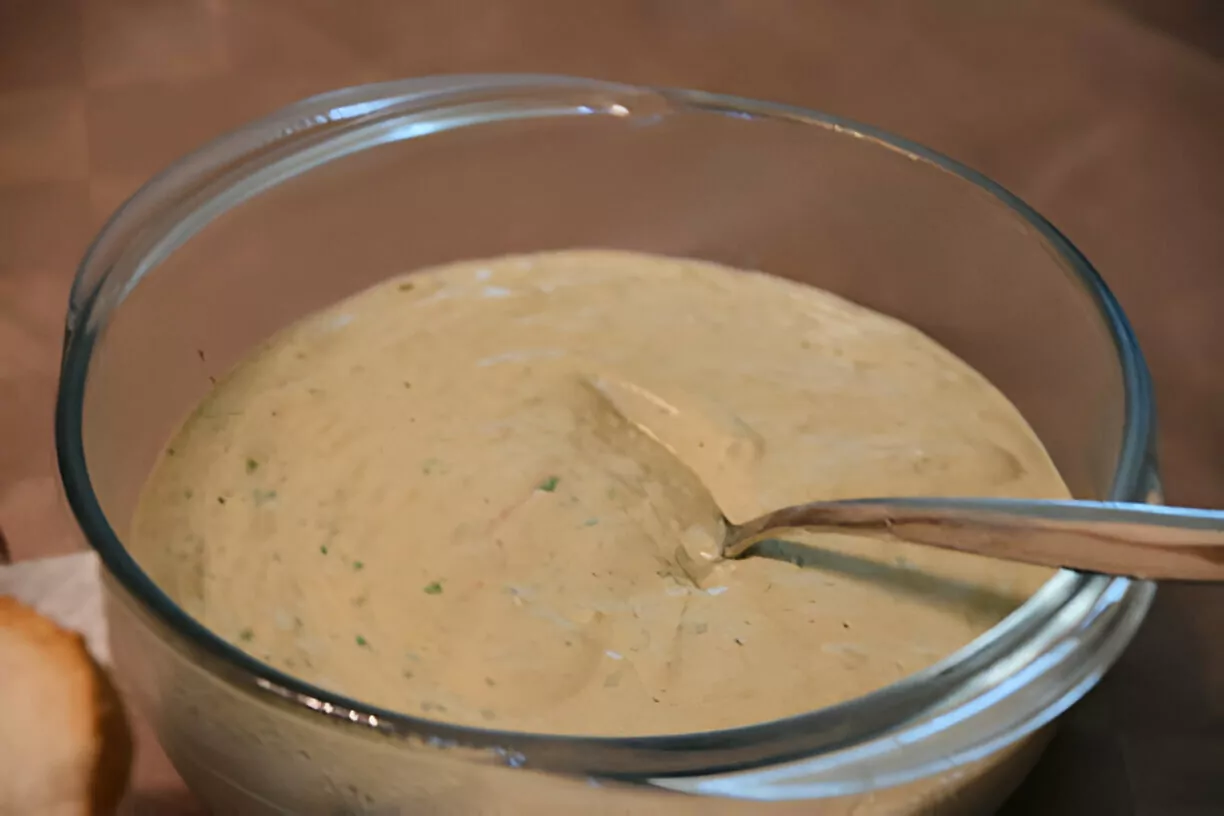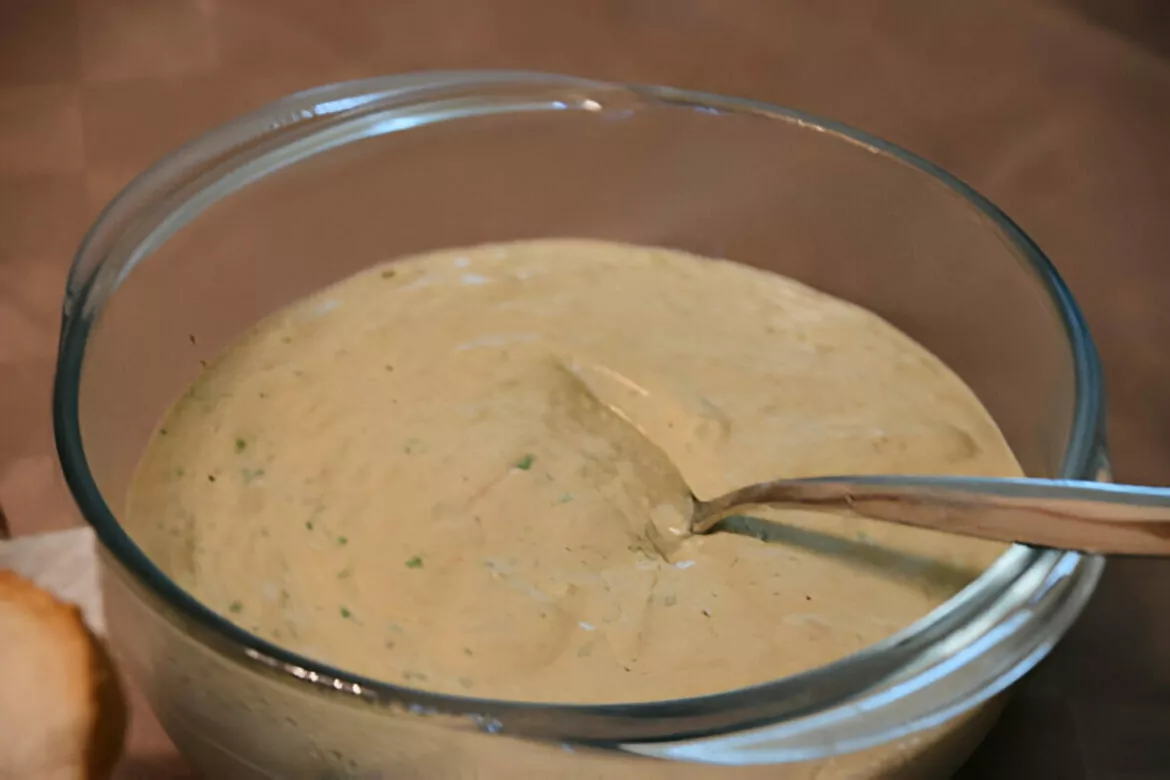Tahini is a creamy, nutty paste that forms the foundation of countless recipes. Its rich, earthy flavor is beloved in cuisines around the world, particularly in Middle Eastern and Mediterranean dishes. With just a few simple ingredients, you can create tahini at home that’s fresher, more flavorful, and free from unnecessary additives.

Ingredients Breakdown
The heart of tahini lies in its simplicity, with sesame seeds as the primary ingredient. Choose high-quality seeds for the best flavor—raw seeds provide a lighter taste, while toasted seeds lend a deep, nutty profile. Toasting is optional, but it enhances the aroma and adds a more robust character to the final product.
Oil is the supporting ingredient, helping to achieve the desired creamy consistency. Mild olive oil adds a subtle flavor, while neutral oils like grapeseed keep the sesame as the star. For a stronger sesame flavor, a touch of sesame oil can be incorporated. Salt is optional, but a pinch can balance the richness and elevate the overall taste.
Step-by-Step Preparation Guide
Toasting the sesame seeds is an excellent first step for a more pronounced flavor. On the stovetop, heat a dry skillet over medium heat and add the sesame seeds, stirring frequently to ensure even toasting. When the seeds emit a fragrant aroma and turn lightly golden, remove them from the heat to prevent over-browning. For a hands-off approach, toast them in the oven at 350°F, stirring occasionally, until they’re lightly golden and aromatic. Always allow the seeds to cool completely before processing.
Once cooled, transfer the sesame seeds to a food processor fitted with an S-blade. Blend for 2 to 3 minutes, stopping occasionally to scrape down the sides, until the seeds form a crumbly paste. Gradually add 2 tablespoons of oil and continue processing. Scrape the sides as needed and blend for another 1 to 2 minutes until the tahini becomes smooth and creamy.
For a thinner consistency, add oil in small increments, blending after each addition until the desired texture is achieved. If you prefer a seasoned tahini, add a pinch of salt and pulse briefly to incorporate it evenly. Transfer the tahini to a jar or airtight container for storage.

Recipe Tips
Toasting the sesame seeds adds depth and complexity to the flavor, but ensure they don’t brown excessively, as this can lead to bitterness.
If your tahini is too thick, gradually mix in more oil until the consistency is just right. Conversely, reduce the oil for a thicker paste.
Store tahini in an airtight container in the refrigerator, where it can last for a month or longer. If the oil separates over time, simply stir it back in before use.
What to Serve With This Recipe
Tahini’s versatility makes it a star in various dishes. Use it as the base for classic hummus or drizzle it over roasted vegetables for a nutty finish. It pairs beautifully with fresh salads when mixed into creamy dressings and adds richness to grain bowls.
For dipping, tahini can be paired with pita bread, falafel, or raw vegetables. Incorporate it into baked goods for a unique nutty flavor, or blend it into smoothies for a creamy texture and earthy undertone. Its culinary uses are virtually limitless.
Variations and Customizations
For a spiced tahini, mix in ground cumin, smoked paprika, or chili flakes for added heat and depth. If you prefer a more robust sesame flavor, substitute a portion of the oil with pure sesame oil.
You can also adjust the consistency based on its intended use—keep it thick for spreads or dips and thin it out for drizzling over dishes. For a slightly sweet variation, add a touch of honey or maple syrup.
Frequently Asked Questions
Can I use pre-toasted sesame seeds for this recipe?
Yes, pre-toasted seeds can be used for convenience. However, ensure they’re not overly browned, as this can affect the flavor.
How do I fix tahini that has separated in storage?
Simply stir the tahini thoroughly to reincorporate the oil. For a smoother result, you can briefly blend it again in a food processor.
What’s the best way to clean a food processor after making tahini?
Use warm, soapy water immediately after use to remove any residue. For stubborn bits, let the processor parts soak for a few minutes before scrubbing.
Making tahini at home is an effortless way to enjoy a fresher, more customizable version of this beloved paste. Its versatility and unique flavor make it an essential ingredient for a variety of culinary creations. Whether you’re blending it into sauces, using it as a dip, or drizzling it over your favorite dishes, tahini brings a creamy, nutty flair that’s hard to resist.

Ingredients
1 cup sesame seeds
Salt (optional)
2 tablespoons or more of mild olive oil, a neutral oil like grapeseed oil, or a touch of sesame oil
Instructions
Toast the sesame seeds (optional): Toasting the sesame seeds can enhance their nutty flavor. To do this on the stovetop, heat a dry skillet over medium heat. Add the sesame seeds and stir frequently with a wooden spoon. Toast the seeds for about 5 minutes, until they release a fragrant aroma and achieve a light golden hue—avoid browning them. Transfer the seeds to a large plate or tray and allow them to cool completely. Alternatively, you can toast them in the oven. Preheat the oven to 350°F, spread the sesame seeds on a rimmed baking sheet, and toast for approximately 5 minutes, stirring once or twice, until lightly golden and fragrant. Cool the seeds thoroughly on a plate or tray.
Prepare the sesame seeds: Place the cooled sesame seeds into a food processor fitted with an S-blade. For those without a food processor, a mortar and pestle or high-powered blender can also be used, though results may vary.
Grind the seeds: Process the sesame seeds for 2 to 3 minutes, stopping as needed to scrape down the sides, until the seeds break down into a coarse, crumbly paste.
Incorporate the oil: Add 2 tablespoons of your chosen oil to the food processor. Continue processing for another 1 to 2 minutes, scraping the sides occasionally, until the mixture develops into a thick and relatively smooth paste.
Adjust the consistency (optional): For a thinner tahini, add additional oil, 1 to 2 tablespoons at a time, blending until the paste reaches your preferred texture.
Season with salt (optional): Add salt to taste, then process briefly to ensure it’s evenly mixed throughout.
Store the tahini: Transfer the finished tahini into a jar or another airtight container. Keep it refrigerated, where it will stay fresh for a month or longer. If the paste separates over time, simply stir it to reincorporate the oil before use.

Tahini Recipe
Ingredients
- 1 cup sesame seeds
- Salt optional
- 2 tablespoons or more of mild olive oil a neutral oil like grapeseed oil, or a touch of sesame oil
Instructions
- Toast the sesame seeds (optional): Toasting the sesame seeds can enhance their nutty flavor. To do this on the stovetop, heat a dry skillet over medium heat. Add the sesame seeds and stir frequently with a wooden spoon. Toast the seeds for about 5 minutes, until they release a fragrant aroma and achieve a light golden hue—avoid browning them. Transfer the seeds to a large plate or tray and allow them to cool completely. Alternatively, you can toast them in the oven. Preheat the oven to 350°F, spread the sesame seeds on a rimmed baking sheet, and toast for approximately 5 minutes, stirring once or twice, until lightly golden and fragrant. Cool the seeds thoroughly on a plate or tray.
- Prepare the sesame seeds: Place the cooled sesame seeds into a food processor fitted with an S-blade. For those without a food processor, a mortar and pestle or high-powered blender can also be used, though results may vary.
- Grind the seeds: Process the sesame seeds for 2 to 3 minutes, stopping as needed to scrape down the sides, until the seeds break down into a coarse, crumbly paste.
- Incorporate the oil: Add 2 tablespoons of your chosen oil to the food processor. Continue processing for another 1 to 2 minutes, scraping the sides occasionally, until the mixture develops into a thick and relatively smooth paste.
- Adjust the consistency (optional): For a thinner tahini, add additional oil, 1 to 2 tablespoons at a time, blending until the paste reaches your preferred texture.
- Season with salt (optional): Add salt to taste, then process briefly to ensure it’s evenly mixed throughout.
- Store the tahini: Transfer the finished tahini into a jar or another airtight container. Keep it refrigerated, where it will stay fresh for a month or longer. If the paste separates over time, simply stir it to reincorporate the oil before use.



